O que você achou deste projeto? Participe deixando seu comentário a seguir:
Prêmios e Incentivos Educacionais Oferecidos
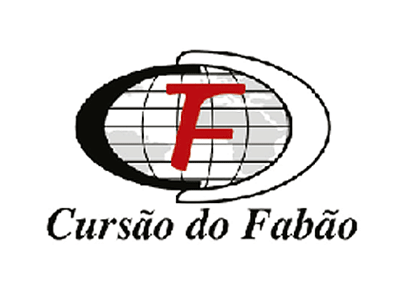
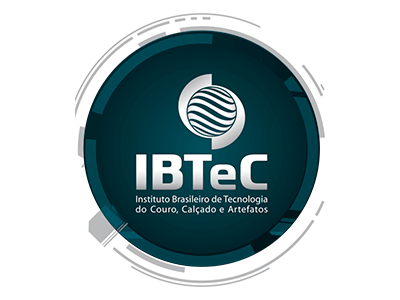


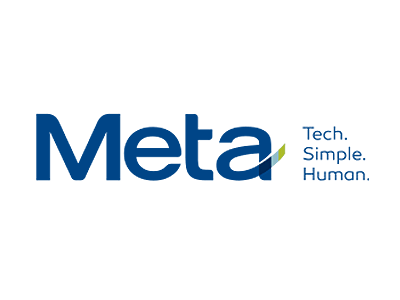
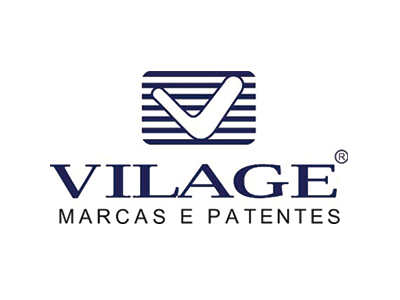
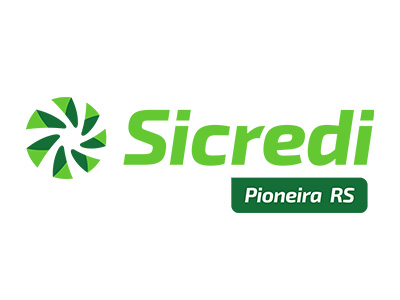
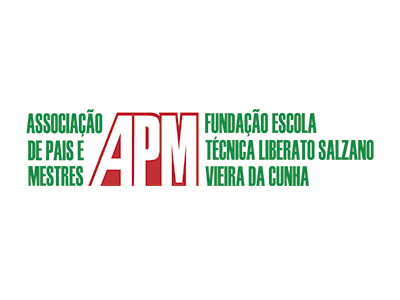
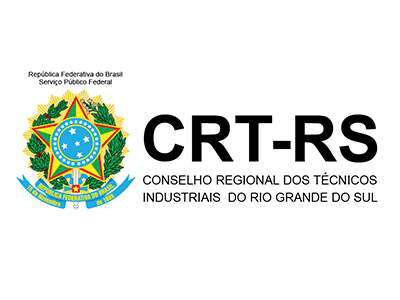
Conheça os projetos que estão concorrendo em todas as áreas de pesquisa da Mostratec Virtual:
Mostra Internacional de Ciência e Tecnologia
Mostra Brasileira de Ciência e Tecnologia
Para a premiação do Júri Popular, só serão considerados válidos os votos únicos (um por usuário) e que forem realizados entre 0:00 de 22/10 às 23:59 de 24/10.
Preencha os seus dados a seguir para realizar o seu teste: